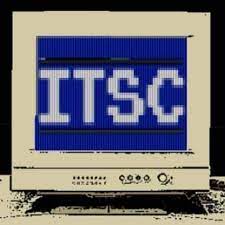Andre has inherited a rather antique ASP .Net WebForms application. It's a large one, with many pages in it, but they all follow a certain pattern. Let's see if you can spot it.
protected void btnSearch_Click(object sender, EventArgs e)
{
ArrayList paramsRel = new ArrayList();
paramsRel["Name"] = txtNome.Text;
paramsRel["Date"] = txtDate.Text;
Session["paramsRel"] = paramsRel;
List<Client> clients = Controller.FindClients();
//Some other code
}
Now, at first glance, this doesn't look terrible. Using an ArrayList as a dictionary and frankly, storing a dictionary in the Session object is weird, but it's not an automatic red flag. But wait, why is it called paramsRel? They couldn't be… no, they wouldn't…
public List<Client> FindClients()
{
ArrayList paramsRel = (ArrayList)Session["paramsRel"];
string name = (string)paramsRel["Name"];
string dateStr = (string)paramsRel["Date"];
DateTime date = DateTime.Parse(dateStr);
//More code...
}
Now there's the red flag. paramsRel is how they pass parameters to functions. They stuff it into the Session, then call a function which retrieves it from that Session.
This pattern is used everywhere in the application. You can see that there's a vague gesture in the direction of trying to implement some kind of Model-View-Controller pattern (as FindClients is a member of the Controller object), but that modularization gets undercut by everything depending on Session as a pseudoglobal for passing state information around.
The only good news is that the Session object is synchronized so there's no thread safety issue here, though not for want of trying.
This post originally appeared on The Daily WTF.
